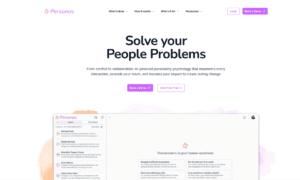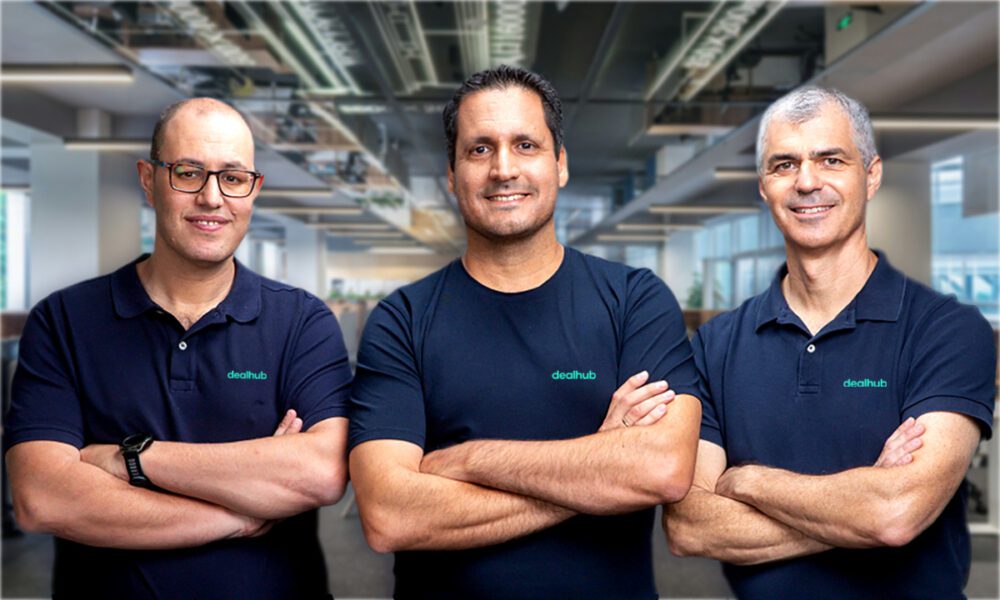Majid Khan is a recognized expert in leveraging artificial intelligence and cloud computing to transform risk management and regulatory compliance across various industries. With over 13 years of extensive experience spanning government projects in Australia to global initiatives with EY and PwC, Majid has consistently demonstrated his ability to build innovative, scalable, and resilient technological solutions. As a certified AWS Solutions Architect, he possesses deep expertise in cutting-edge product development, software engineering, system architecture, and emerging technologies, guiding advanced product innovation. His strategic leadership emphasizes aligning advanced technical capabilities with critical business needs, fostering collaboration among diverse stakeholders, and ensuring practical implementation of AI-driven insights to enhance organizational resilience and agility.
In this interview, Majid shares insights on his professional journey, the transformative impact of platforms such as EY Nexus and PwC’s Risk Link, and how AI and cloud technologies are shaping the future of compliance and risk management.
Q: Majid, your journey from Australia to the U.S. is fascinating. How did it start, and how did your career evolve into a global role?
My career began in Melbourne, where I earned a Bachelor of Computer Science (Honors) from Swinburne University of Technology and an Advanced Diploma in Computer Systems Engineering. Early on, I worked on large-scale projects for the Australian and Victorian governments, focusing on ERP systems, data management, and cloud migration. These experiences provided a solid technical foundation, emphasizing the importance of designing scalable and resilient systems.
My move to the U.S. was motivated by a desire to engage in more transformative, global projects. Ernst & Young (EY) sponsored my transition, allowing me to contribute to innovative platforms like EY Nexus. This role enabled me to apply my expertise across industries such as insurance and wealth management, significantly expanding my impact.
Q: You’ve played key roles in developing platforms like EY Nexus and PwC’s Risk Link. What makes these platforms transformative?
EY Nexus is a cloud-native business transformation platform designed to accelerate innovation and operational agility across industries like insurance and wealth management. Its primary focus is enabling companies to quickly launch new products, business models, or services by leveraging advanced technologies and curated ecosystems of technology providers.
At PwC, I contributed to developing and expanding Risk Link, a platform specifically automating regulatory compliance through AI and cloud computing. Unlike traditional Governance, Risk, and Compliance (GRC) systems, Risk Link significantly reduces manual compliance tasks by streamlining regulatory change management, risk assessment, and risk and control mapping. It enhances risk visibility, operational efficiency, and compliance optimization.
What sets these platforms apart is their integration of advanced AI capabilities with user-centric design, making them powerful yet accessible tools for navigating complex operational and regulatory landscapes.
Q: Regulations have exponentially increased over the past decade. How do you see this impacting industries such as financial services, healthcare, and other regulated sectors in the U.S.?
The regulatory landscape has undergone significant transformation. Industries like finance, healthcare, and energy face intensified scrutiny and complex compliance demands. Regulatory bodies increasingly emphasize transparency and accountability. This shift requires organizations to adopt smarter, faster, and more efficient compliance strategies.
AI-driven platforms, when implemented responsibly, offer real-time regulatory insights, automate compliance workflows, and allow organizations to quickly adapt to regulatory changes, enhancing their agility and responsiveness.
Q: Regulatory changes continue to rapidly evolve across various sectors. How does this affect institutions, and how has your work with Risk Link helped companies manage these regulatory impacts?
Rapid regulatory changes create significant challenges for institutions, demanding agility, precision, and robust risk management strategies. Companies across sectors require tools to better manage regulatory impacts and effectively mitigate risks through precise identification and comprehensive control frameworks.
Risk Link addresses these evolving needs by providing advanced, AI-driven capabilities that streamline regulatory change management and enhance risk assessment processes. It allows institutions to proactively identify and respond to regulatory shifts, strengthening their compliance posture. The platform’s ability to automate risk identification and mapping to tailored control frameworks has significantly reduced manual efforts, optimized compliance processes, and improved organizational resilience across industries such as finance, healthcare, and energy.

Q: Investing in platforms like Risk Link appears strategic, given the market growth and technological advancements projected through 2025. Could you elaborate on why this investment makes sense now?
Investing in a risk and regulatory platform like Risk Link is particularly strategic given the evolving regulatory landscape and increasing reliance on advanced technologies for compliance management. The Governance, Risk, and Compliance (GRC) platform market is projected to grow substantially, with an estimated increase of $44.2 billion between 2025 and 2029 at a CAGR of 14.2%. This growth underscores the critical need for organizations to efficiently navigate complex regulations and mitigate risks.
Risk Link leverages AI and generative technologies to automate compliance tasks, translate regulations into actionable obligations, and enhance risk management efficiency. Its AI-driven tools enable predictive analytics, real-time monitoring, and dynamic regulatory mapping. Furthermore, its cloud-based architecture offers scalability and flexibility, allowing businesses to seamlessly adapt to jurisdiction-specific regulations, thus making it an essential tool in today’s regulatory environment.
Q: There’s increasing interest in agentic AI. How might regulatory compliance platforms incorporate agentic AI, and what is your vision for this integration?
Agentic AI has the potential to revolutionize regulatory compliance by enabling platforms to not only interpret and analyze regulations but proactively execute tasks and decisions autonomously within clearly defined boundaries. My vision for integrating agentic AI into regulatory platforms involves creating intelligent agents capable of identifying compliance gaps, recommending actions, and autonomously performing routine tasks, significantly reducing manual oversight.
These intelligent agents would continuously learn from real-time regulatory updates and historical compliance data to anticipate potential issues, enabling proactive rather than reactive compliance management. Ensuring transparency and accountability will be key, requiring robust explainability and audit trails to maintain trust in automated actions.
Ultimately, I envision agentic AI evolving compliance platforms into strategic tools that enhance decision-making, streamline operations, and empower compliance professionals to focus on high-value, complex tasks.
Disclaimer: The views and opinions expressed in this interview are Majid Khan’s own and do not necessarily reflect the official policy or position of EY or PwC.



































